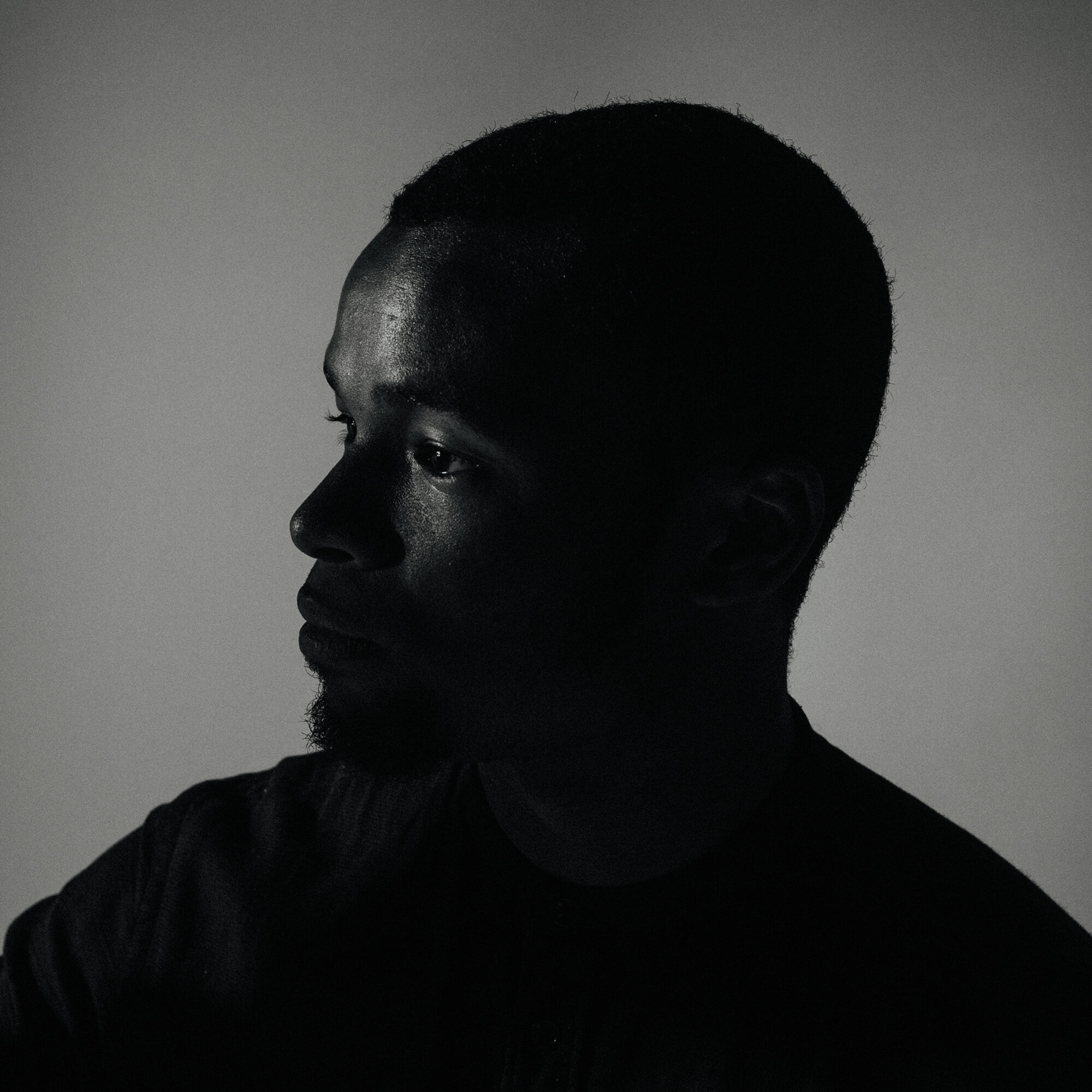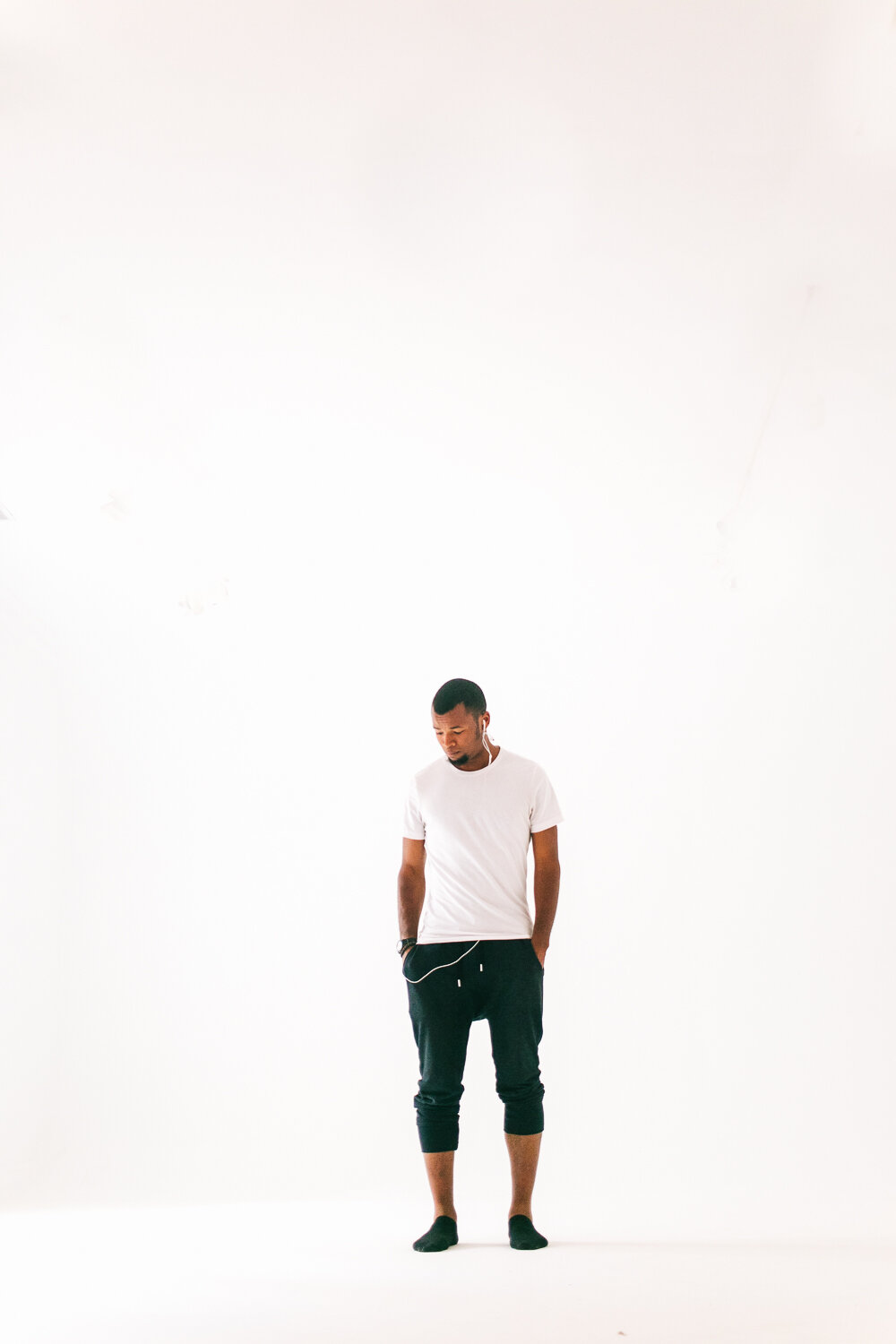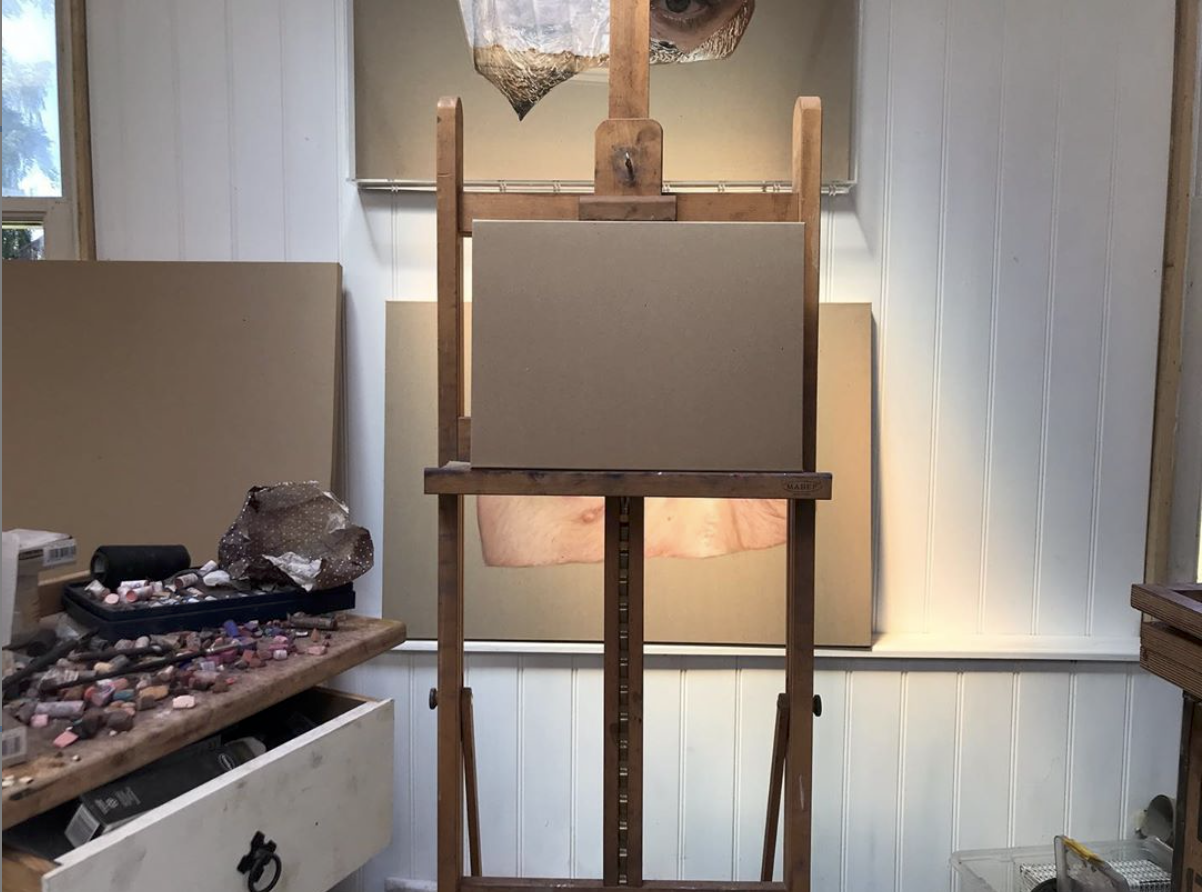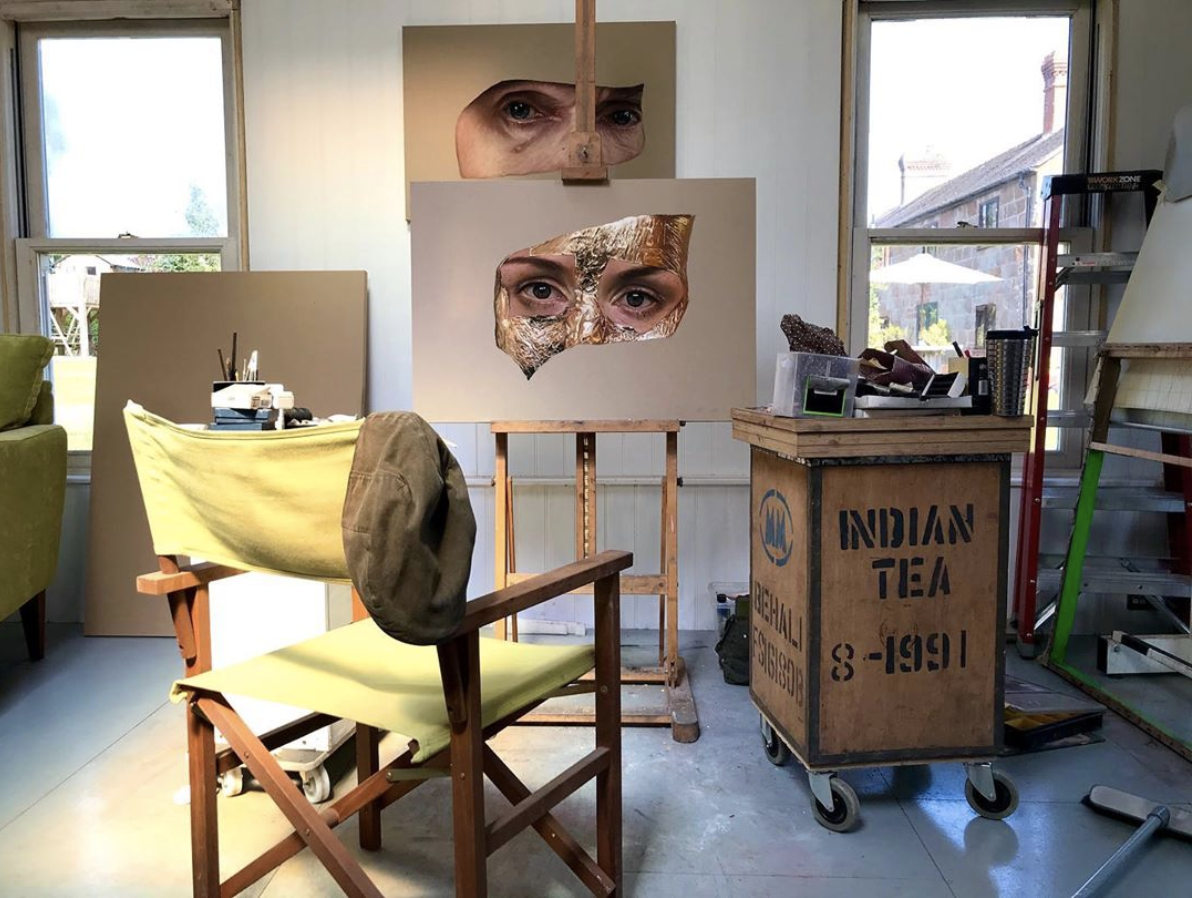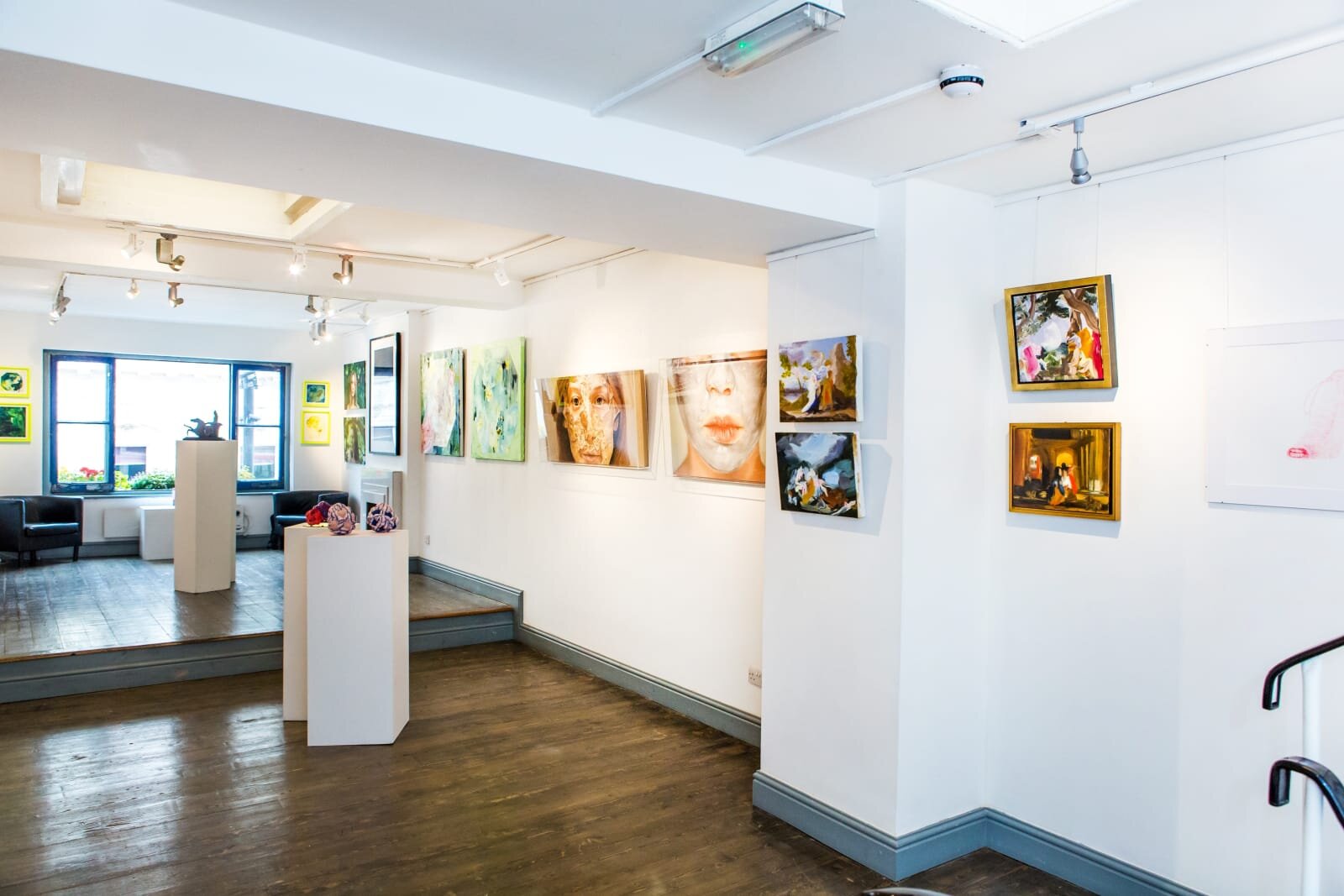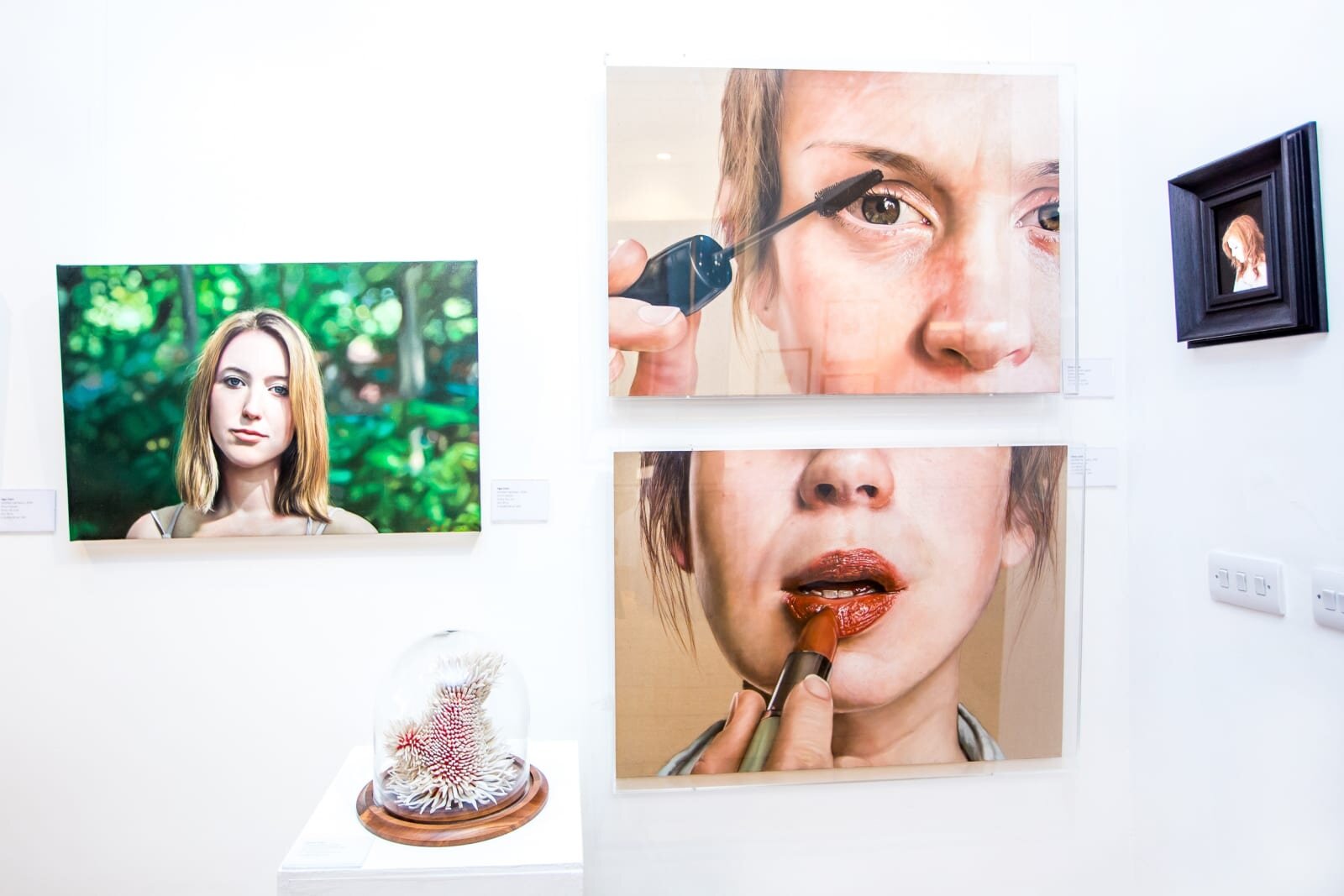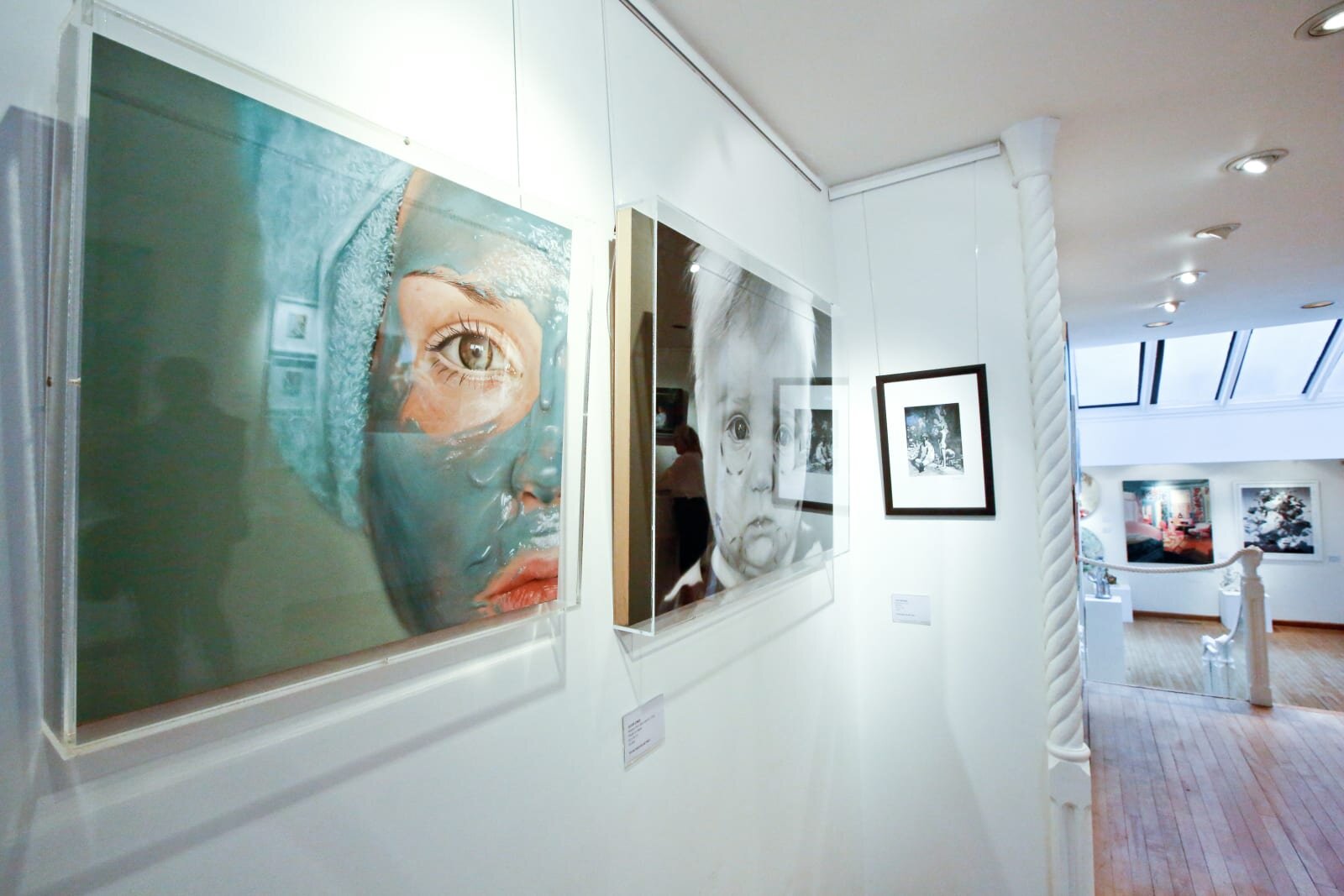1. Describe your experience of professional training and how does it continue to inform your process and productivity?
I’m a firm believer in learning from experience. After highschool I took two years off to shadow and assist Portrait Photographers that I admired. This manifested as carrying bags and setting up / striking equipment, learning practical lighting techniques along the way. From there I enlisted in a Boston University affiliated trade school to focus in studio photography to continue polishing my skills. Thankfully, having the technical side of things reinforced, I can rely on my people skills to try to make the best environment possible when capturing my subjects
2. What is your average day like both in the studio and out and about?
My average day is a constant exercise in organizing my scatterbrained thoughts and creative impulses into something positive. Let’s just say, some days I succeed, other days… not so much. My day usually always begins with matcha and music. I’ll fire up my turntables and play some music for myself while I enjoy my morning caffeine. From there it’s onto the logistics of my day, emails and planning for my personal career. By 10AM my day job, running the photo department at Tuckernuck, a DC based lifestyle company, takes over from there. Once 6PM hits I start trying to organize shoots with friends & peers. Seeing as shoots in enclosed spaces are much harder than usual (Thanks COVID), I plan more outdoor shoots than ever now. Most of which in my own backyard.
3. What was your exposure to photography before you started your journey with still photography in high school?
Before I started learning photography formally, my real first exposure to this craft was through movies and music. It’s amusing for me to reflect on, but one of my favorite movies growing up was Austin Powers (1997). Aside from being an ‘International Man of Mystery’, he was also a fashion photographer (albeit a caricature of one). The funniest thing is, the more I learn about fashion photographers from the 60’ and 70’s, the more I appreciate how spot on his impersonation of a photographer was.
4. Can you share a little about your current work in progress?
Currently, I’m working heavily in music. Music is such a driving force for my spirit and mood so I’ve found myself pushing more energy into bringing my talents to the world of music in a positive way.
D.Y.Y.O., 2019, 35mm Photography Inkjet Printed on Matte Canvas, 36 × 24 in
5. Are there any particular people, places or things that serve as points of inspiration for you and your work?
Blue Note album artworks have always been a major source of inspiration for my work. There’s a wide range of photography styles that went into their catalog of music. Over the years, seeing photographs of live performances & studio sessions that have been featured on record jackets has certainly played a big role into my photographic style.
6. What do you wish for people to encounter or experience when they take in your work? What are some of the statements people have made about your work that have resonated or stuck with you?
Personally, when I go to create, I’m looking to get a little closer to a subject or an idea that I’m curious about, and aim to learn something along the way. The goal then is to pass on my perspective and learnings. So all I hope for is for someone to see my work and either learn from it or become more curious by it. There aren’t any specific comments that stick out, however there are actions that stick out to me and really make me feel warm inside. When people begin unique and new conversations sparked by a photograph I presented, I really beam inside. Even beyond that, when people begin musical conversations around my work or tell me they're reminded of a certain song, no matter the song, I always find that so rewarding and interesting.
Arfa Iqbal - A Modern Woman, 2019, 35mm Photography Inkjet Printed on Matte Canvas, 30 × 48 in
7. Can you speak a little about your piece Arfa Iqbal - A Modern Woman, 2019 as this was chosen by the judges for The Young Masters Art Prize exhibition?
One of the best things about growing up in a diverse area, was the range of people and cultures I was exposed to. Arfa is someone I grew up alongside and am so fortunate to know. She has always had such honest and empowered energy about her and it’s infectious. It radiates off of her. What’s amazing is that she’ll be the first to credit those traits to her amazing family. Which to me, is beautiful. Conceptually, the idea was to capture her energy along with the elements of her family and heritage that build her into the woman she is. However, I wanted to bring emphasis to how her culture and upbringing fused with her individual personality. So we crafted the project as a diptych. One side, styled by her mom, to illustrate her family - the other side, styled by her, to share her personality.
8. How has COVID-19 and the lockdown affected your day to day life and approach to creative work?
Live music venues and studio environments being closed has really shaken my creative approach… However, being home a lot of the time has really a benefit for my day to day life. Having less places to be has allowed me space to think, which I think has been good for my mind and how I approach my work. The time I’m not spending out somewhere is now being spent reaching out to folks who inspire me, and even if it’s digitally, keeping human connection going.




